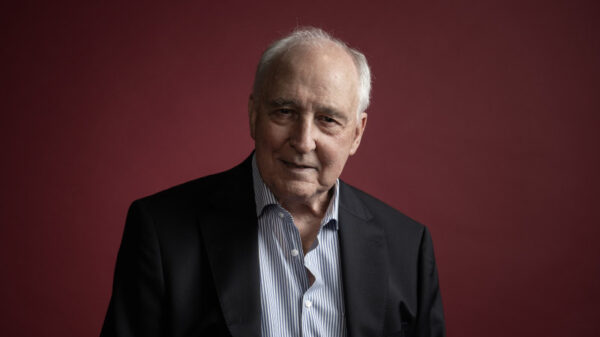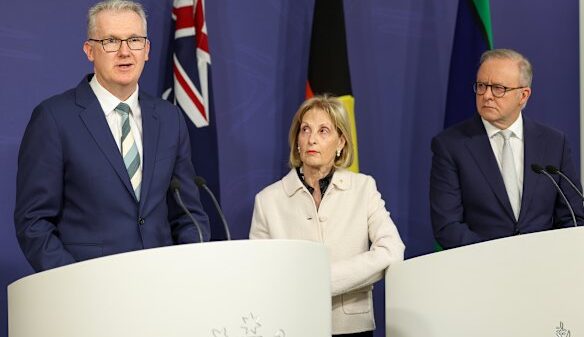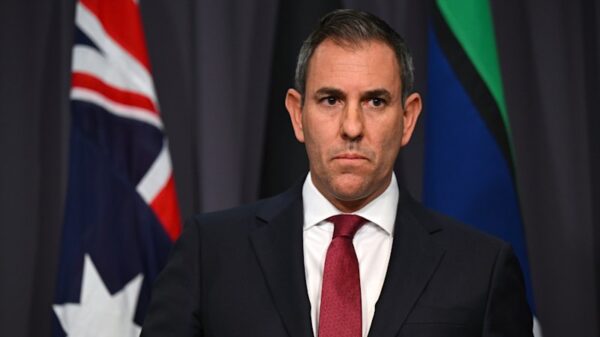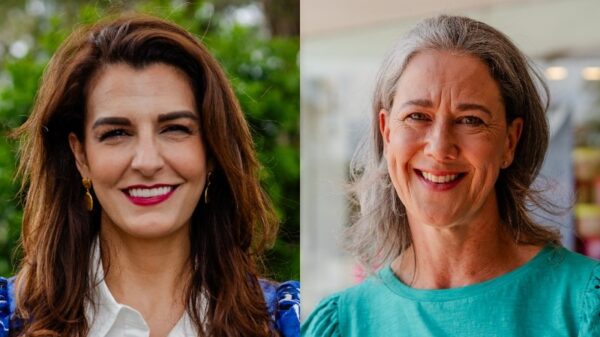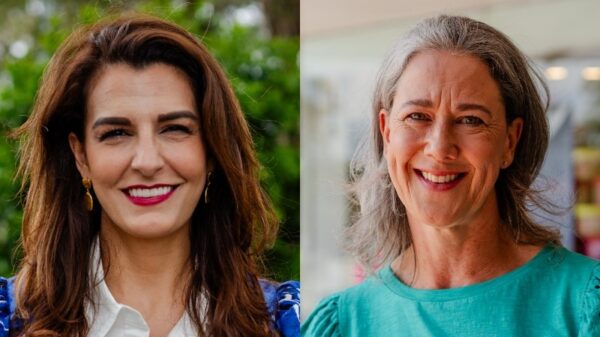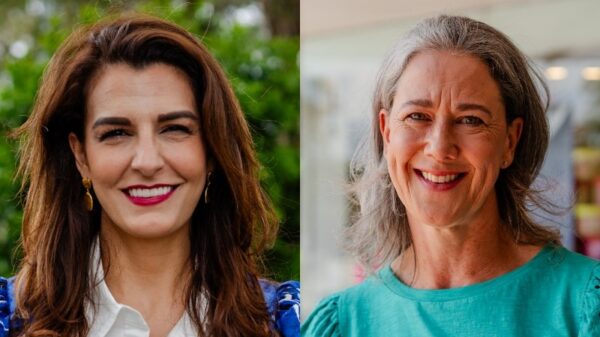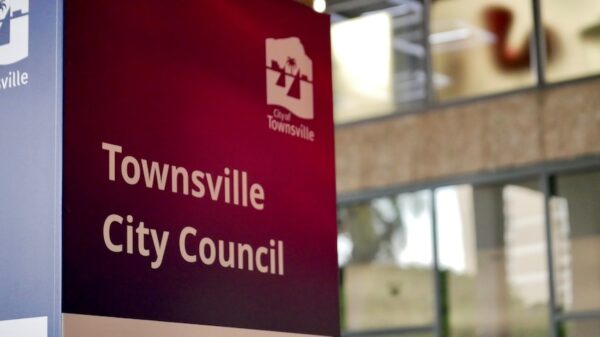Prime Minister Anthony Albanese faces significant backlash following the unveiling of a new strategy to combat antisemitism in Australia. The plan, presented by Jillian Segal, a former president of the Executive Council of Australian Jewry, has generated controversy since its release on October 19, 2023. Critics argue that while the initiative aims to address rising antisemitism, it lacks clarity and depth.
Segal’s plan is particularly contentious due to her recent need to distance herself from a $50,000 donation made by a trust controlled by her husband, John Roth, to the right-wing group Advance. In response to the scrutiny, Segal stated, “No one would tolerate or accept my husband dictating my politics, and I certainly won’t dictate his. I have had no involvement in his donations, nor will I.”
While some members of the Jewish community applauded Segal’s recommendations, others find them insufficient. The wave of antisemitism that has surged in Australia since October has prompted calls for more comprehensive documentation of incidents. Critics note that Segal’s report lacks detailed accounts of antisemitic attacks, rates of apprehension, prosecution, and the motivations behind these acts.
Controversial Recommendations Raise Concerns
Segal’s strategy proposes several bold actions, including the potential withdrawal of funding from universities and cultural institutions that fail to effectively address antisemitism. Although Segal later clarified that this would be a last resort, the suggestion has raised eyebrows. She also intends to create a scorecard to evaluate universities’ responses to antisemitism, warning that if issues persist by early next year, a judicial inquiry may be necessary.
Despite the ambitious nature of these proposals, Albanese and Home Affairs Minister Tony Burke have shown reluctance to adopt the more severe recommendations. Burke emphasized that the goal is to combat antisemitism without resorting to stripping funding, stating, “I think the objective here is not to be stripping funding; it’s not to be cancelling people.”
Critics argue that the suggested defunding of universities is impractical. Questions remain about the criteria for determining failure in addressing antisemitism and how much funding would be withheld. Additionally, navigating the complexities of free speech on campuses and the challenges of arts funding adds layers of difficulty to implementing Segal’s recommendations.
Lack of Nuance in the Strategy
One of the main criticisms of Segal’s report is the personal nature of her involvement. In the foreword, she outlines how the envoy plans to tackle antisemitism across various sectors, but some believe this approach risks descending into overreach. The report includes plans for monitoring media organizations, which could lead to potential issues regarding editorial independence and the risk of perceived harassment.
Segal’s emphasis on educational efforts to combat antisemitism highlights the importance of teaching history and fostering tolerance. She advocates for the wider adoption of the International Holocaust Remembrance Alliance definition of antisemitism, which has sparked controversy due to its implications for discussions on Israel. The government has reaffirmed its commitment to this definition, diverting attention from more practical issues surrounding antisemitism.
In summary, the central flaw of Segal’s document lies in its lack of nuance. Many of its recommendations appear to exceed what is feasible or desirable at this stage. As Treasurer Jim Chalmers noted, the plan presents “suggestions, ideas and proposals” rather than actionable steps. Burke echoed this sentiment, expressing hope that many recommendations would not need to be considered if effective solutions could be found to curb antisemitism.
The debate surrounding Segal’s plan raises important questions about how best to address antisemitism in Australia. Critics warn that an overreaching strategy could provoke backlash from other groups, potentially hindering the recognition of antisemitism’s severity. As the government navigates these complex issues, the effectiveness of Segal’s approach remains under scrutiny.











